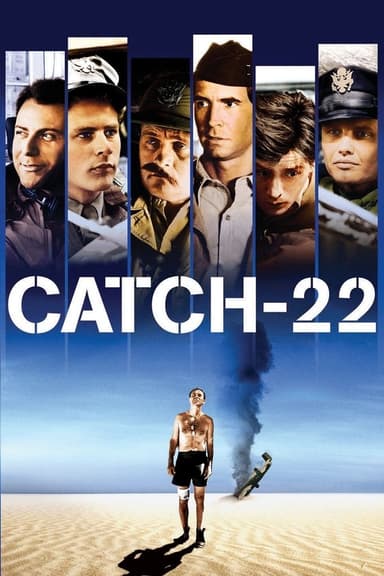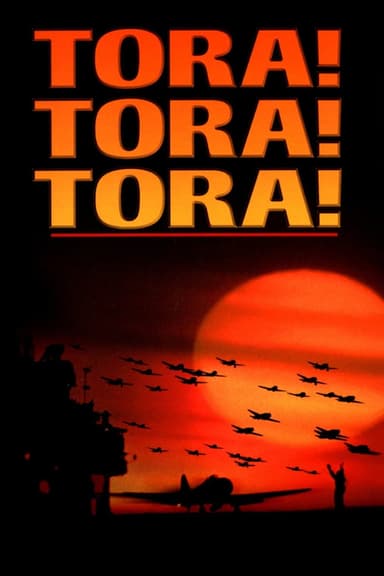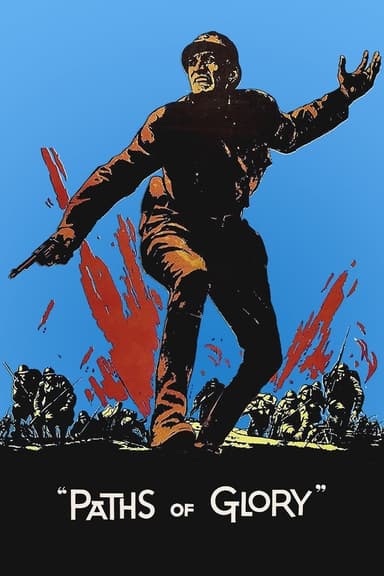
God Is My Co-Pilot
1945 • Action, Adventure, War
Robert L. Scott has dreamed his whole life of being a fighter pilot, but when war comes he finds himself flying transport planes over The Hump into China. In China, he persuades General Chennault to let him fly with the famed Flying Tigers, the heroic band of airmen who'd been fighting the Japanese long before Pearl Harbor. Scott gets his chance to fight, ultimately engaging in combat with the deadly Japanese pilot known as Tokyo Joe.
Runtime: 1h 30m
Why you should read the novel
Reading Robert Lee Scott Jr.'s 'God Is My Co-Pilot' provides an authentic, first-person account of a legendary American aviator’s experiences during World War II. The memoir delves into Scott's thoughts, motivations, and inner struggles, offering insights into not only battles in the skies but also the personal convictions and faith that sustained him. Through the book, readers immerse themselves in vivid, unfiltered narratives that transcend the simplified dramatizations of cinema, revealing the real-life complexities of courage, leadership, and the enduring spirit of those who served.
The book presents the events and relationships with much greater nuance than the film adaptation. The camaraderie, moments of self-doubt, and emotional toll of war are illustrated through Scott’s own words, letting readers feel the triumphs and losses as intimately as the author did. Unlike movies bound by plot time and dramatization, the memoir offers a slower, richer pace for deep reflection and connection.
Choosing to read the memoir over watching the film means experiencing the true depth of World War II aviation history. The book does not simply entertain; it educates, inspires, and preserves the genuine voice of a pilot who made history. For those interested in military history, personal narratives, or stories of faith under fire, Scott’s memoir offers countless layers to explore and appreciate.
Adaptation differences
The film adaptation of 'God Is My Co-Pilot' condenses and dramatizes Robert Lee Scott Jr.’s wartime experiences to fit narrative and commercial demands, often simplifying or altering key events for dramatic effect. While the memoir provides detailed recollections of Scott’s actual experiences flying with the Flying Tigers and later the U.S. Army Air Forces in China, the movie rearranges timelines and introduces composite or fictionalized characters to streamline the plot and heighten emotional impact.
A notable difference lies in the portrayal of Scott’s internal struggles and faith. The memoir intricately explores his doubts, morale, and personal growth, focusing deeply on the spiritual dimension suggested by its title. The film, however, reduces these introspections to brief monologues or visual sequences, prioritizing action and patriotic fervor over nuanced character study, thereby giving viewers a more superficial sense of Scott’s journey.
Additionally, the book includes a wealth of technical and operational detail: descriptions of aircraft, flight missions, logistics, and the day-to-day challenges of aerial warfare. These fascinating aspects are largely omitted or oversimplified in the film, which instead spotlights a few dramatic aerial dogfights and select moments of peril. This results in the loss of much of the broader historical context and logistical complexity found in Scott's writing.
Finally, interpersonal relationships, including Scott’s interactions with fellow pilots and Chinese allies, are treated with more complexity and sensitivity in the memoir. The film adaptation, owing to time restraints and the need for a clear central arc, often telescopes or alters these relationships to fit Hollywood tropes of heroism and camaraderie, sacrificing the authenticity and subtlety present in Scott’s account.
God Is My Co-Pilot inspired from
God Is My Co-Pilot
by Robert Lee Scott Jr.










